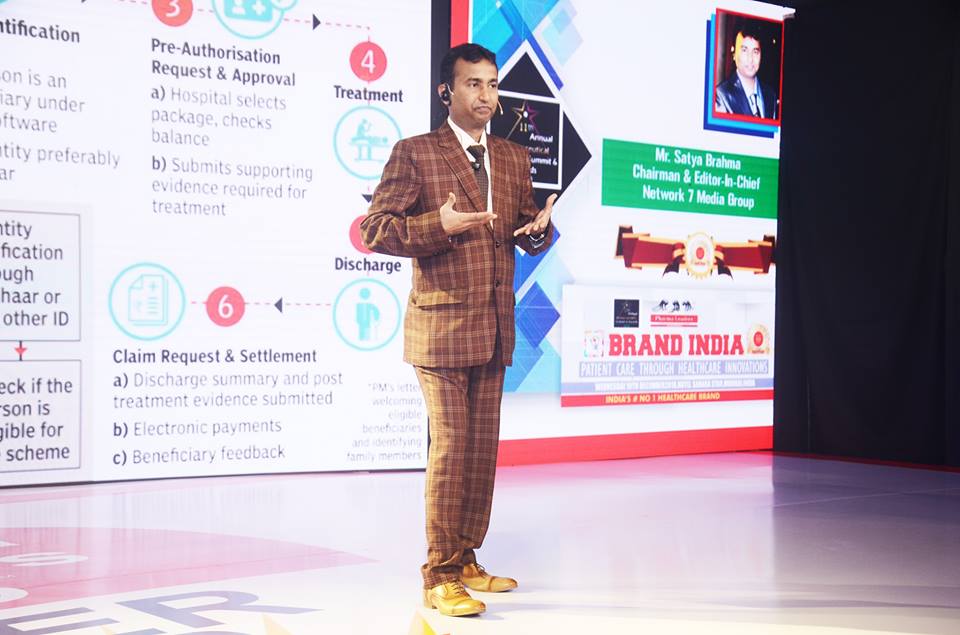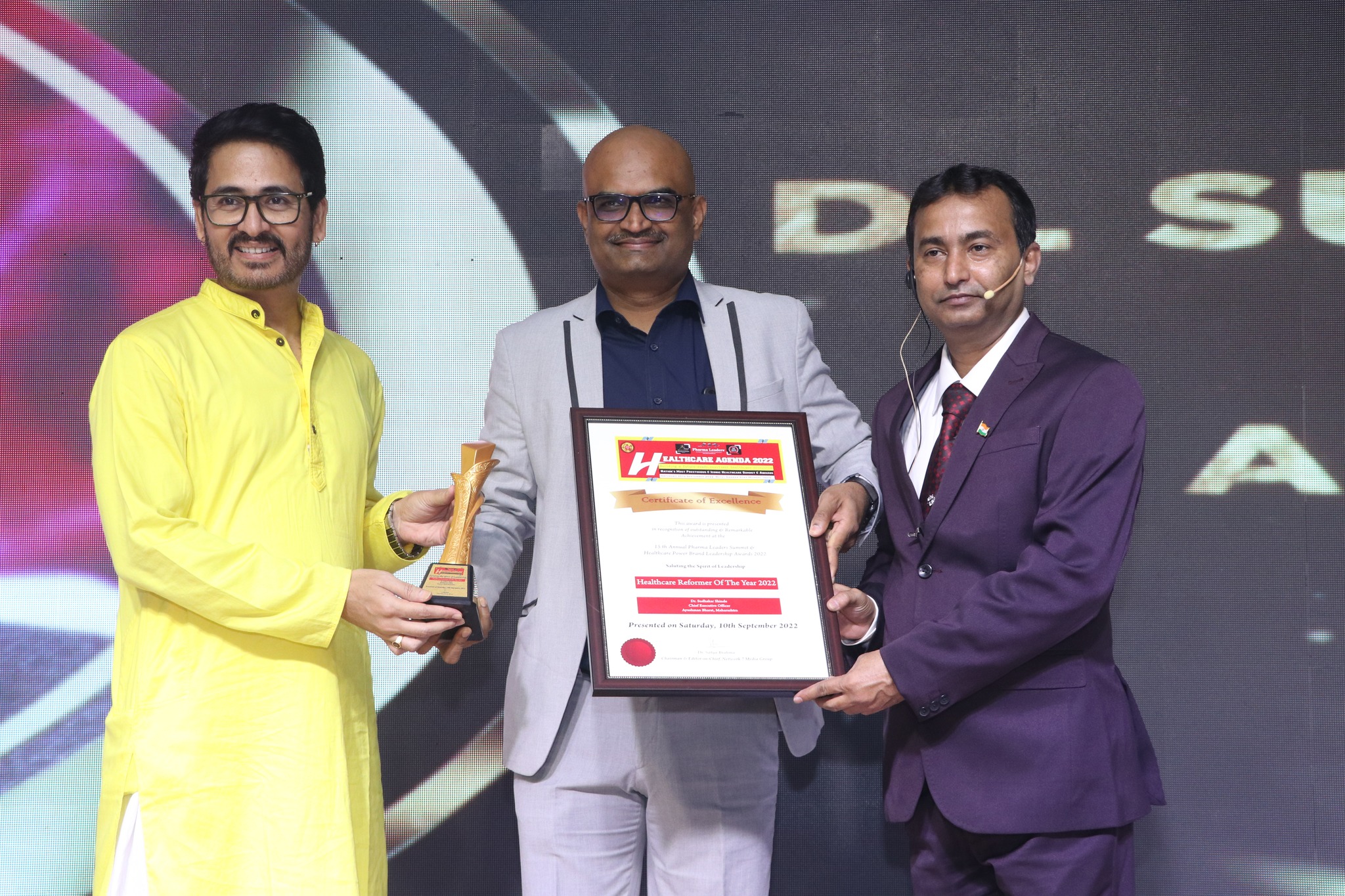What happens when your fundamental rights of healthcare are denied?
What happens when politicians make empty promises?
What happens when your entire savings are given to meet with your immediate medical needs?

Ironically In India, there is one government allopathic doctor for every 10,189 people, one government hospital bed for every 2,046 people and one state-run hospital for every 90,343 people. You don’t need an epidemic, however predictable, for the public health system to collapse. It is a matter of routine that patients share beds and doctors are overworked.
Satya Brahma, the visionary chairman of Pharma Leaders Group feels that most of the ambitious healthcare reforms carried out by the successive governments has not reached out to the billion plus people & needs a through introspection.
India has a little over one million modern medicine (allopathy) doctors to treat its population of 1.3 billion people. Of these, only around 10% work in the public health sector, shows data from the National Health Profile 2017.The shortage of health providers and infrastructure is the most acute in rural areas, where catastrophic health expenses push populations the size of United Kingdom into poverty each year.
Add apathy and you have bodies of the dead being mutilated by dogs in hospital morgues, people carrying home the their dead children because the hospital refused them a hearse, and tragedies like the hundreds of infant deaths in Gorakhpur’s Baba Raghav Das (BRD) Medical College every year.BRD Medical College Hospital’s failure to save lives points to a systemic rot in public healthcare delivery, which is saddled with problems of mismanagement and inadequate resources — infrastructure and human.
Despite being routinely flagged, these shortages are seldom corrected. Learning from failure is rare, and course correction after mistakes is rarer. This brings us to critical questions: Can such deaths be prevented? How can India’s public health system deliver quality care? Will public hospitals just end up being places where the sick go to die?
Where are the doctors?
India doesn’t have enough hospitals, doctors, nurses and health workers, and since health is a state subject, disparities and inequities in the quality of care and access to health varies widely not just between states but also between urban and rural areas.
In India, self-styled doctors without formal training provide up to 75% of primary care visits.
Strengthening primary healthcare hasn’t got the priority it needs and the sick reach hospitals after faith-healers, quacks and other unqualified practitioners fail to cure them. With early diagnosis and timely referrals, many lives can be saved.
There are 462 medical colleges that teach 56,748 doctors and 3,123 institutions that prepare 1,25,764 nurses each year, but with India’s population increasing annually by 26 million, the numbers are too little.
India keeps announcing new AIIMS-like institutes in states, but where is the faculty to train these doctors? Setting up a building and buying equipment is not enough, you need trained doctors to provide care.
Time for introspection, debates & corrective measures!






















